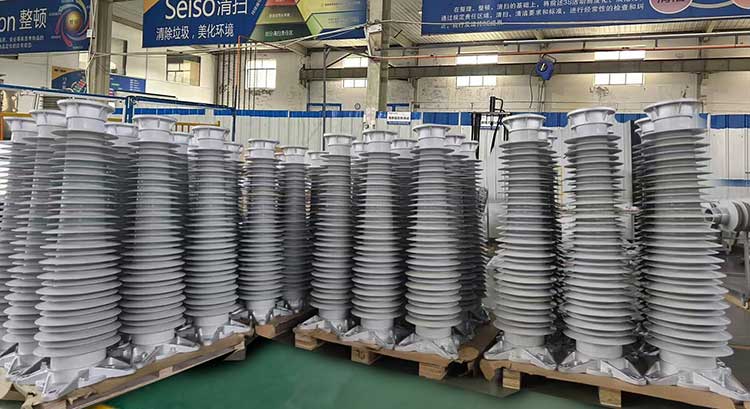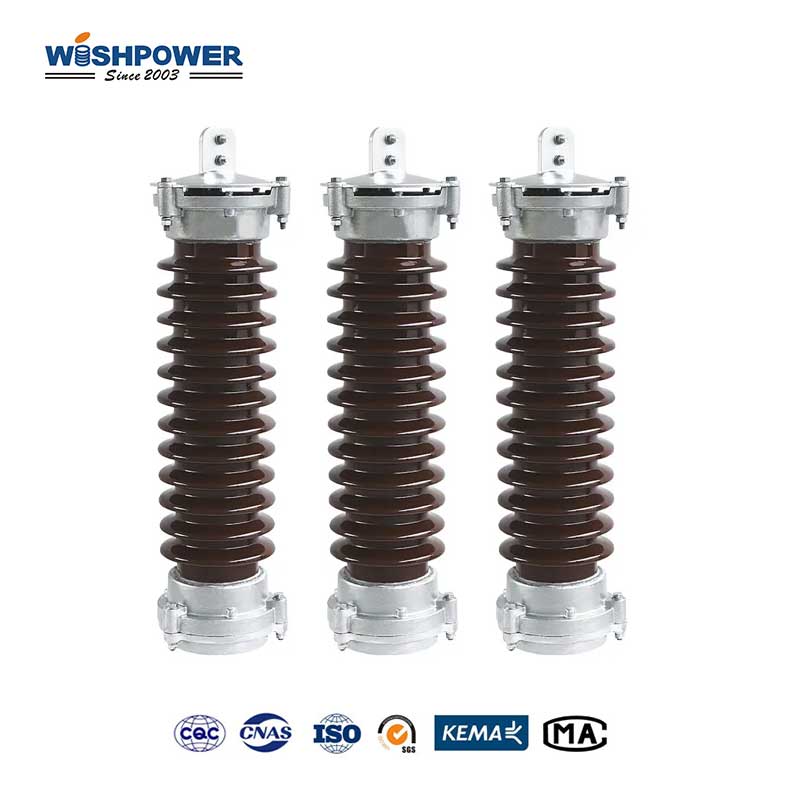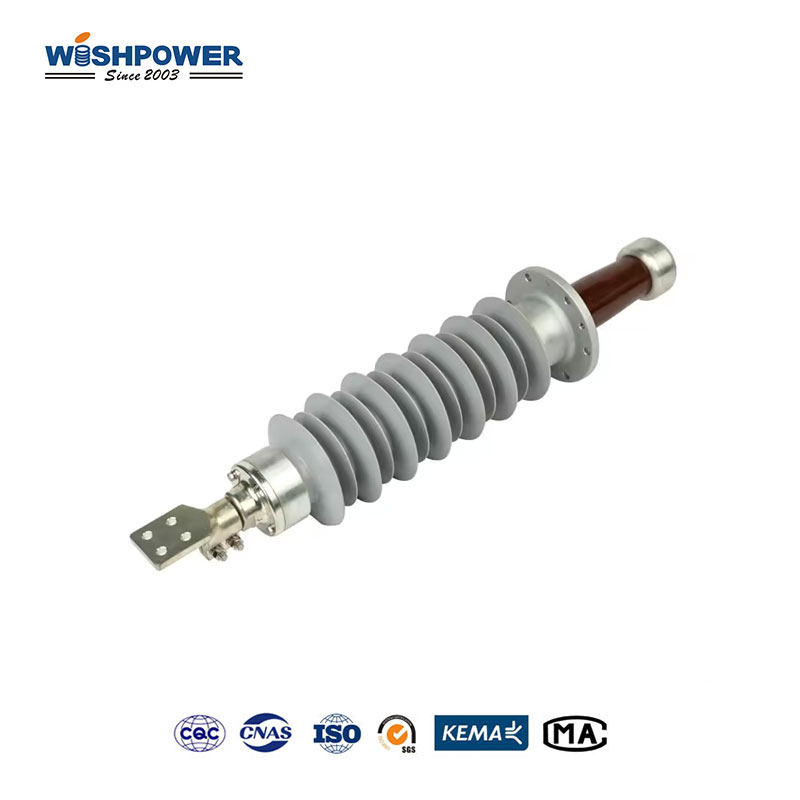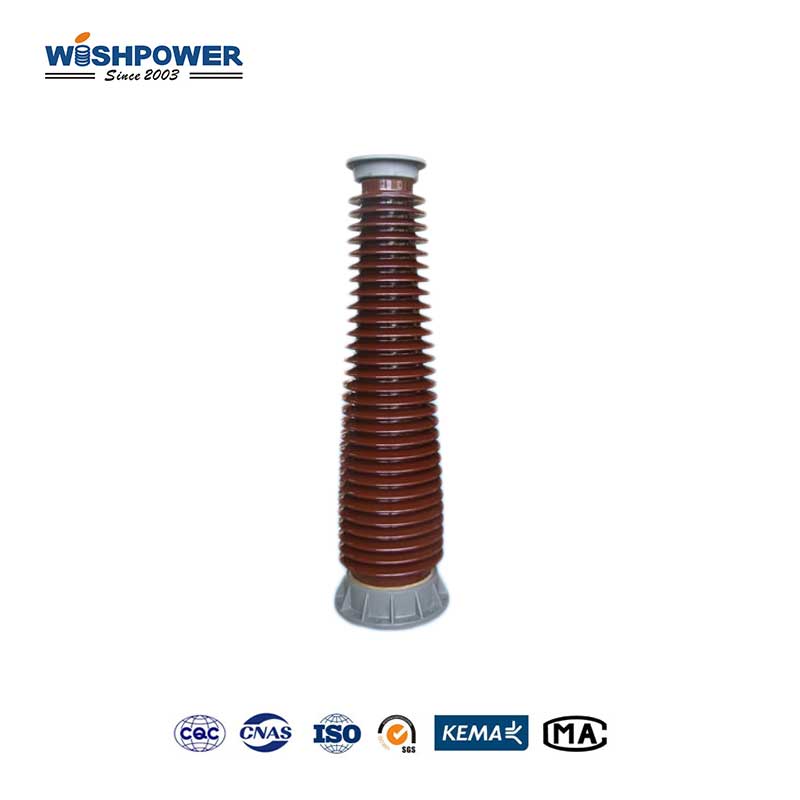The transformer bushings are an important part of ensuring the safe operation of power transformers. It provides a safe and insulated pathway for passing electrical conductors through the transformer tank for transferring electrical energy, while still rigorously adhering to safety standards. All transformer bushings are many types, that are designed to satisfy electrical, mechanical, and also environmental requirements.

What are transformer bushings?
The type of transformer bushings that we will discuss before we begin to deal with its types is first important to understand the main functions that they serve. Transformer bushings are an insulating device used for transmitting the electrical conductors through the tank of the transformer. An important part of these bushings is that they help insulate the grounded external parts of the transformer with the high-voltage internal components. Mechanical stability and electrical fault avoidance are also functions of transformer bushings.
What are the various types of Transformer bushing?
- Porcelain Bushings
The largest category of transformer bushings is the porcelain bushings. The raw materials are high-quality ceramic materials and have good electrical insulation properties. Porcelain bushings are employed extensively in high-voltage transformers, for their durability and long service life.
Key Features:
Their excellent insulating properties give porcelain bushings a role in high-voltage applications. Such bushings are resistant to environmental stresses, such as moisture, and extreme temperatures. Porcelain bushings are not the cheapest, but in the majority of transformer applications, they provide a good combination of cost and performance.
- Composite Bushings
In these modern transformer designs, composite bushings have become popular, in recent years. Composite materials of polymer insulation maintained by glass fiber or other reinforcement materials are used in these bushings. The home industry has to be informed about the advantages of using composite bushings instead of porcelain bushings in terms of weight, damage resistance, and ease of handling.
Main Features:
The composite bushings are much lighter than porcelain bushings, and the composite bushings are easier to handle and install. The reinforced structure of composite bushings makes them more resistant to mechanical damage. These bushings are immune to corrosion and are particularly suitable for use in tough environmental conditions, e.g. coastal areas or areas with much humidity.
- Oil-Filled Bushings
Transformers using oil as the insulating medium use oil-filled bushings. These bushings have a sealed oil tank providing electrical insulation as well as cooling. This oil-filled design provides stabilization and performance of the bushing under high voltage conditions.
Main Features:
The bushing acts both as an insulator and a coolant, using oil inside the bushing to prevent the current from heating and dissipating that excess heat. The design of the oil-filled bushings allows them to carry very high voltages. While oil-filled bushings have excellent performance, these bushings need to be maintained to keep the oil level at all times, and also seal must be kept intact with time.
- Dry Bushings
Dry bushings are similar to oil-filled bushings, the difference being dry bushings don’t use oil for insulation or cooling. Dry bushings do so by using solid insulating materials such as epoxy or silicone rubber for electrical isolation. Designed as more compact, less maintenance-required bushings, these bushings are well-suited for modern transformer designs.
Key Features:
Oil-filled bushings require more frequent maintenance but bushings that don’t use oil don’t need constant monitoring of or replacement of the oil. These bushings are more compact and more appropriate for installations with minimum room available. Since there is no oil degradation, bushings that are not filled with oil tend to have longer service life than the oil-filled ones.
- Epoxy Bushings
A combination of an epoxy resin and reinforcement materials such as fiberglass make epoxy bushings. High dielectric strength and environmentally stressed resistance (exposure to moisture, temperature fluctuations, chemicals) are characteristics of these bushings.
Key Features:
Epoxy bushings have high insulation properties and are therefore recommended for use in high-voltage applications. Just as composite bushings are lighter than porcelain and easier to move around, so too are epoxy bushings. Owing to their outstanding corrosion resistance, these bushings can be used in harsh environments.
If you have different opinions or want to know more, please leave a message on the website or contact us directly at info@wishpower.net

















